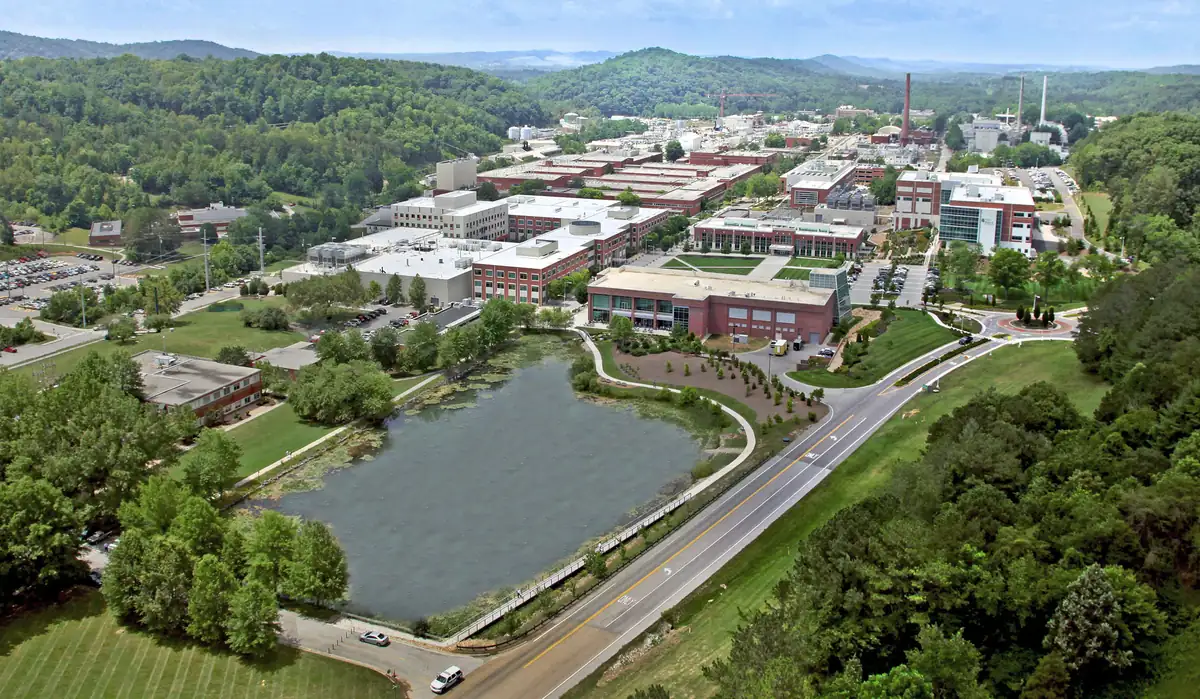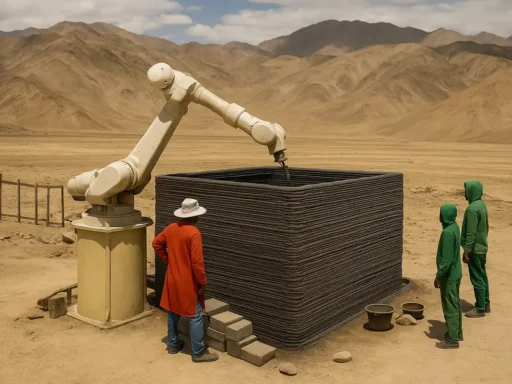Researchers at the Department of Energy’s Oak Ridge National Laboratory (ORNL) are developing cutting-edge methods to enhance the security of transporting radioactive materials used in cancer treatments. Recognizing the high risk of interception, a multidisciplinary team is integrating advanced 3D printing into “smart packaging” to secure shipments.
A key challenge lies in maintaining uninterrupted tracking. “We’re looking at ways to enable smart technology to stay with the package throughout the life of the shipment. This ensures tracking and monitoring stays with the package even as it changes hands from the maker to the delivery service to the final recipient,” explained cyber researcher Mingyan Li, co-leader of the project.
The “Smart Packaging for Critical Energy Shipments,” or SPaCES, project relies on 3D printing to create packages less susceptible to tampering. “ORNL has a world-class advanced manufacturing facility that makes for an advantageous venture to work with researchers needing to fabricate their own materials,” said Kunal Mondal, a fuel cycle nuclear engineer at ORNL, working with Li’s team.
In a paper published in the International Journal of Advanced Nuclear Reactor Design and Technology, Mondal and co-authors further explored using robotics and data analytics to enhance safety and efficiency in radioactive material transport.
The group’s approach involves combining additive manufacturing with integrated sensors to bolster security for the approximately three million hazardous and radioactive material shipments made every year. The 3D-printed packaging is used alongside electronic monitoring systems for real-time tracking.
Scientists working on the project are experts in a range of areas, which allows them to hone different aspects of the technology. Kunal Mondal and Ryan Karkkainen focus on developing and testing next-gen materials against potential real-world threats like drops and impacts, while Oscar Martinez leads a team constructing protective packages addressing security threats through integrated sensing technology.
Li’s team is also focused on cybersecurity, leveraging ORNL’s T-STAR technology to securely transmit location data to authorized personnel only. “I’m very excited to see our work strengthen nuclear transportation security,” Li concluded.






